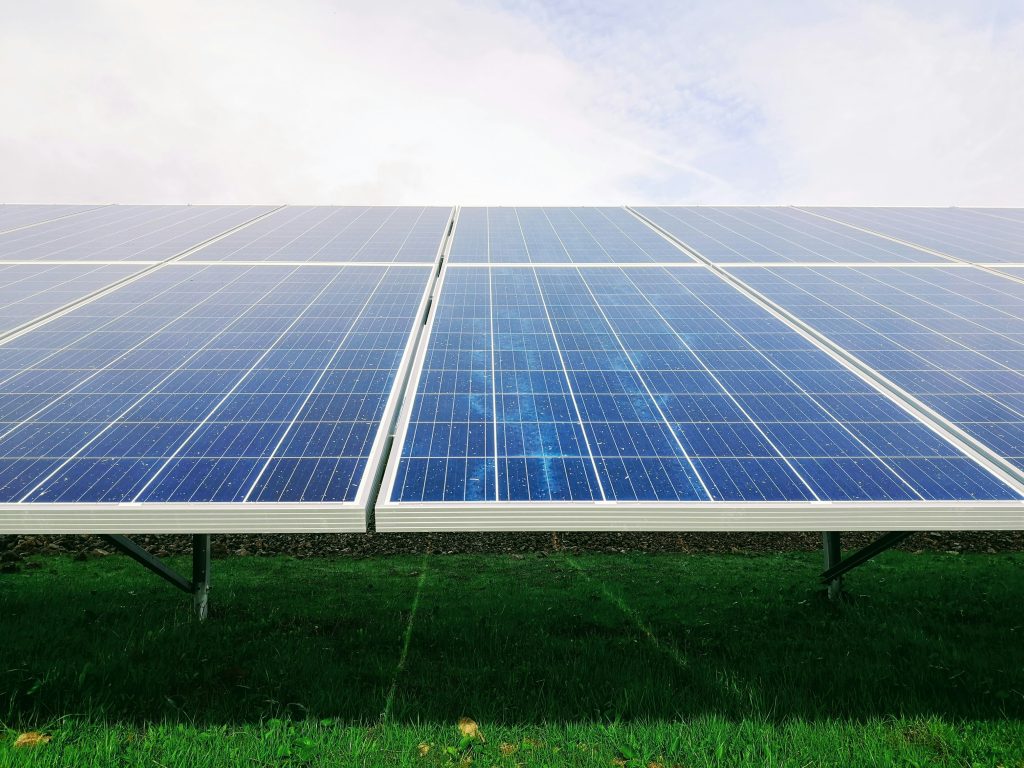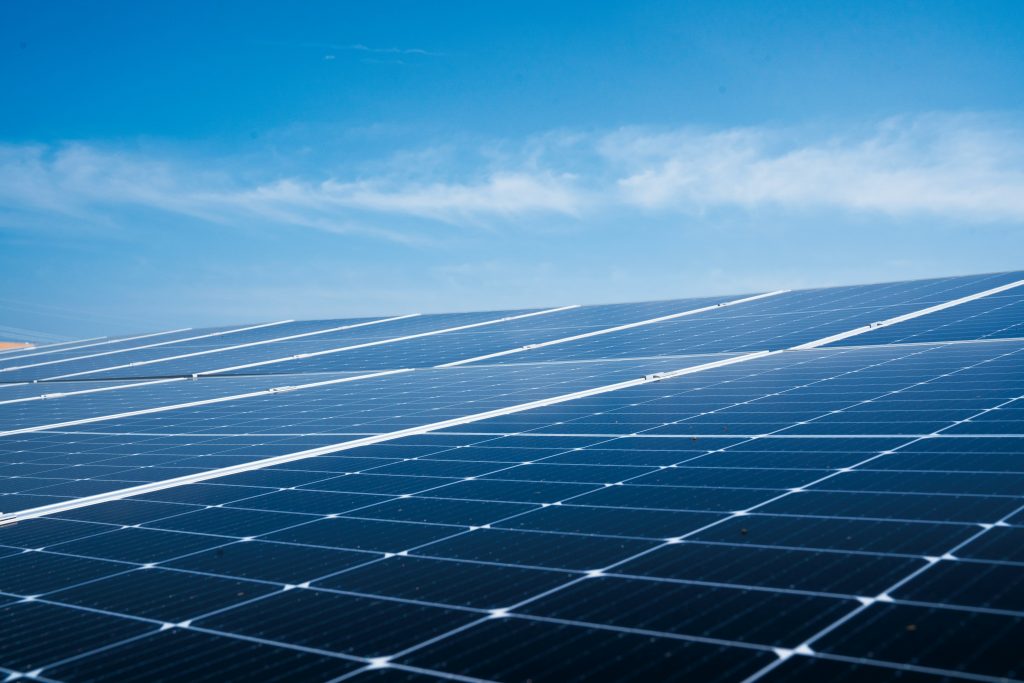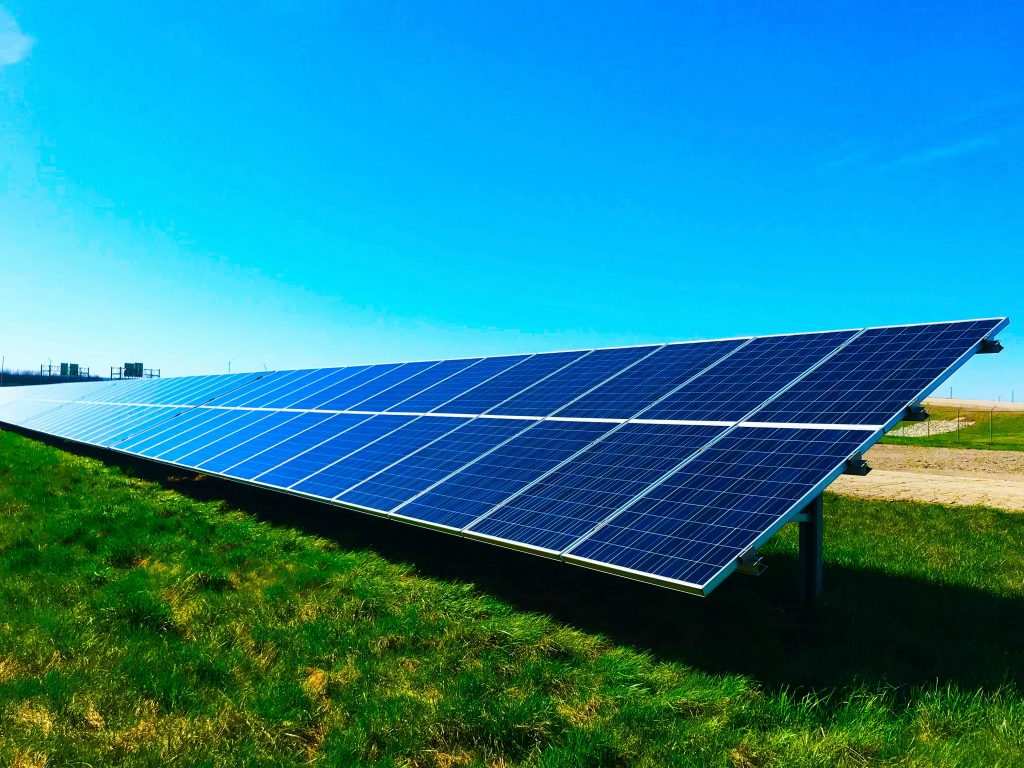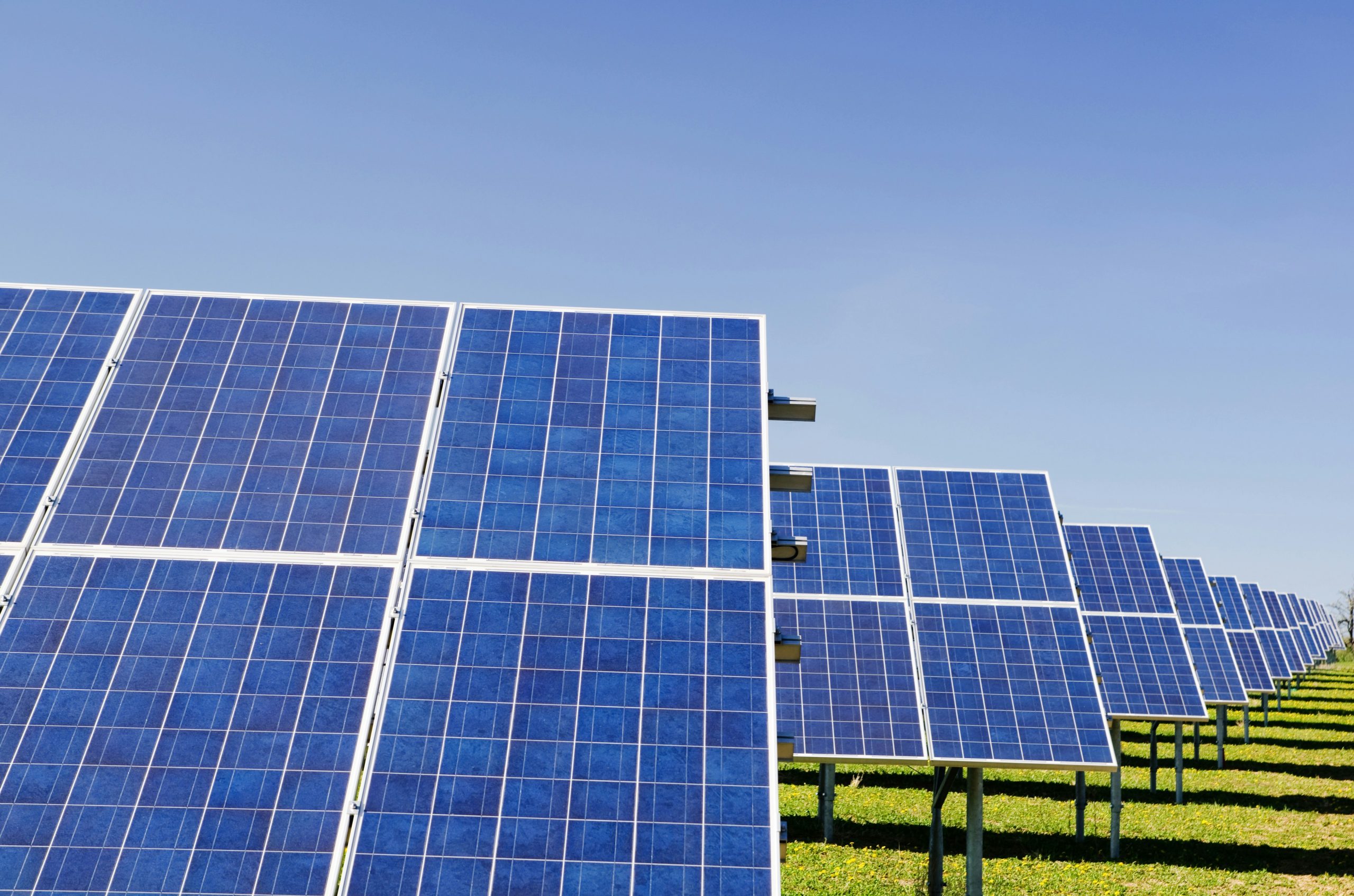Solar energy isn’t a new concept, but by 2025, it is one of the most talked-about issues within the U.S. energy debate. With the rising cost of electricity in several states, climate issues are affecting more of us, and solar technology is getting more efficient and affordable. The average homeowner is wondering if solar is worth it. Or what are the advantages and disadvantages of solar energy?
The answer isn’t black or white. Solar power offers a myriad of advantages that range from saving thousands of dollars over time to reducing the carbon footprint of a home significantly. But there are some real drawbacks that include the high initial costs, regional variations, and a lack of clarity in policy that could alter the figures quickly.
This article explains the pros and cons of solar power. Instead of the typical sales pitch, you’ll be given the actual benefits and drawbacks of solar energy in 2025, supported by data as well as case studies and examples from the real world.
| Advantages (The “Pros”) | Disadvantages (The “Cons”) |
|---|---|
| ✅ Drastically reduces or eliminates your electricity bill. | ❌ High upfront installation cost. |
| ✅ Increases your home’s value. | ❌ Is intermittent (doesn’t work at night or in a blackout). |
| ✅ Earns you money back via the 30% Federal Tax Credit. | ❌ Depends on your roof’s age, condition, and direction. |
| ✅ Protects the environment and reduces your carbon footprint. | ❌ Can be a complex process to navigate (permitting). |
What Is Solar Energy and How Does It Work?
At its heart, solar power is the conversion of sunlight into usable electricity. The process is easy at the surface; however, beneath the glass panels that line your roof lies a fascinating technology. Let’s look at how the process works step-by-step:
- Panels Capture Sunlight
Solar panels are composed of photovoltaic (PV) cells, which are constructed out of silicon. They absorb light rays from sunlight.
- Conversion to Electricity
When photons hit PV cells and knock electrons off, they release them. This creates direct current (DC) electricity.
- Inverter Transformation
Homes don’t run on DC. Instead, an inverter converts DC into AC, or alternating current (AC), which powers your appliances, lights and electronic devices.
- Using the Power
The electricity is sent into three different places: directly to your home or kept in a battery system, or returned to the grid to be used for credit via net meters (in states where it is available).
In a nutshell, solar panels convert free sunlight into energy that you don’t have to purchase from your utility provider. That’s the appeal of using a source that is constantly shining and using it to lower your costs while decreasing reliance on fossil fuels.
As we’ve listed 30% Federal Tax Credit, the positive environmental impact is a primary advantage. For a more in-depth look at this specific topic, read our post on the benefits of solar energy to the environment.
Solve the “Cost” Problem
Don’t let the upfront cost stop you. Our $0-down financing options can get you a new system with no money out of pocket.
Explore Solar Financing OptionsAdvantages of Solar Energy

Solar energy offers many advantages, which is why millions of U.S. homeowners have already installed solar systems and why the use of solar energy is growing each year. Let’s take a look at the top benefits:
- Renewable and Abundant
In contrast to fossil fuels, which will eventually end up being exhausted the solar energy is virtually inexhaustible. According to the U.S. Department of Energy, only one hour of sunshine hitting Earth could supply all the world’s energy needs for a whole year, if it were captured. In the U.S. specifically, even northern states receive more sunlight per year than Germany, which is one of the top countries for solar adoption.
- Lower Electricity Bills
This is the biggest benefit for the majority of homeowners. A family living in California with a monthly $200 electric bill could save around $2,400 a year by going solar. Over the course of 25 years, this is more than $50,000 in savings on utility bills, one of the benefits of solar. States with high energy costs (e.g., California, New York, Massachusetts, Hawaii) have the highest rate of payback.
To learn more about the science behind these environmental pros, explore our article on how solar energy can save the environment on a global scale.
Additionally, net meters (still in use in some states) allow you to sell unutilized energy back to the grid, further reducing costs. Imagine your meter running in reverse during a sunny afternoon’s a real savings.
- Energy Independence
With solar panels, you’re no longer dependent on the grid. Connect solar panels to batteries for your home, and you’ll be able to enjoy blackouts without fear, an important benefit in states such as Texas and California, where outages are becoming more frequent. You’ll also be protected from rate hikes for utilities, which are expected to continue rising due to inflation and the cost of infrastructure.
- Low Maintenance and Long Lifespan
Solar panels are not equipped with moving parts, which means fewer components break. The majority of systems require only occasional cleaning (rain often does the trick) and a check-up every couple of years. In addition, many manufacturers provide warranties of 25-30 years, which makes solar a long-term investment.
- Environmentally Friendly
The typical U.S. solar system cuts 3-4 tons of carbon emissions every year. To put it in perspective, that’s about the equivalent of planting more than 100 trees every year. For those who are environmentally conscious, solar is among the most significant personal actions you can take.
- Tax Credits and Incentives
The Federal Solar Investment Tax Credit (ITC) currently covers 30% of the cost of installation until 2032. For a system of $20,000, it’s a credit of $6,000. A lot of states offer their own credits and rebates, which makes solar much cheaper. For instance:
- New York: Up to $5,000 tax credit for state taxes
- Massachusetts Statewide: Additional state rebates and the SMART program payment
- Illinois: Solar Renewable Energy Credits (SRECs) that will pay you back over time.
- Increases Home Value
A Zillow study showed that homes that have solar panels sold at a rate of 4% higher than homes with no. The idea of incorporating energy efficiency attracts buyers, and in a crowded market for housing, solar panels can make the home you own stand out.
- Scalable and Flexible
Solar isn’t only designed for suburban roofs. It can be used on the rooftops of farms, urban rooftops, schools, commercial buildings, and others. It can be as small (just the size of a couple of panels) or huge. Combining solar and an EV charger means that you’re not just providing power to your home using the sun, but also supplying fuel to your vehicle.
Solve the “No Power at Night” Problem
A home battery stores your excess solar energy from the day to power your home at night or during a blackout. Get true energy independence.
Explore Home Battery StorageDisadvantages of Solar Energy

While solar is a great option but it’s not a suitable solution for all. There are some real issues that every homeowner must be aware of prior to signing an agreement. Let’s review the main disadvantages:
- High Upfront Cost
A solar system for residential use within the U.S. costs $15,000-$25,000 before incentives. There are financing options, but loans are a source of interest, which increases the cost of the system. Tax credits can help, but the initial shock to the wallet is real.
- Weather and Location Dependent
Solar panels still generate energy even in cloudy weather, but their efficiency is reduced. This is why Arizona and Nevada homeowners reap quick benefits, as cloudier states such as Washington will take longer.
- Roof Space and Condition
A standard 5kW system (enough to power many homes) requires 300-400 square feet of roof area. If your roof is shady, small, or in need of replacement, solar might not be the best option right now.
- Energy Storage Costs
Batteries make solar more effective, particularly during blackouts; however, they’re costly. The Tesla Powerwall costs $10,000-$13,000 installed and typically lasts between 10 and 15 years. If you plan to be completely off-grid, you should expect to replace batteries every year during the course of the system’s life.
- Manufacturing and Recycling
Solar panels are safe after installation, but production requires the mining of materials, such as copper, silicon and lithium. Recycling is feasible but costly, and the U.S. doesn’t yet have solid infrastructure for it.
- Efficiency Losses
Solar panels may not always produce their advertised output. In real life, many factors affect the efficiency of solar panels:
- Shading of trees or nearby structures
- Dust, dirt and snow are accumulating on panels
- Heat (ironically, panels perform less efficiently at high temperatures)
- Inverter losses incurred during the transition of DC to AC
All in all, it means that the majority of systems are producing between 75% and 85% of their full potential. Although this is still sufficient to meet the majority of household needs, homeowners need to realize that they may not always get “perfect” numbers.
- Soft Costs
One of the most shocking disadvantages that solar has in the U.S. is that soft costs, such as permits, inspections, labor, grid connection costs, and marketing, can make up more than 50% of the total cost. In countries that have streamlined installation procedures, solar panels are less expensive. As long as the regulations and red tape are trimmed, Americans will keep paying more than they should.
- Installer Risks
Not all installers are the same. An installation that is not done properly can:
- Lower the system’s output
- Cause leaks in the roof
- No-show warranties
This is why experts advise choosing NABCEP-certified installers and insisting on clear and written contracts. With the solar industry growing, Fly-by-night companies often make mistakes, and homeowners have issues.
- Payback Time
Solar isn’t a fast track to riches. Even in sunny areas, the payback period is usually between 6 and 8 years, and in more cloudy areas, it can go beyond 12 years. If you plan to move within the next couple of years, you may not be living in the house for long enough to reap the full financial benefits.
- Policy Uncertainty
The federal 30% solar tax credit is in place until 2032. However, the state-level programs could change suddenly. For instance, certain states have lowered or eliminated net metering, which drastically impacts savings. Homeowners should consider the possibility that policies change when calculating their long-term returns.
- Aesthetic Concerns
Although solar technology is advancing in terms of design, not everyone is a fan of the appearance of solar panels. Certain homeowner’s associations (HOAs) remain adamant against the installation. Alternatives such as sleeker black solar shingles or solar panels are available; however, they usually cost more.
Mail Us For More Info
Prefer to email? Send us your questions about the pros and cons, or attach your utility bill, and one of our solar consultants will reply with a free, detailed analysis.
Email: info@solarmasterpro.comCase Studies

To put the numbers in perspective, let’s take a look at how solar is used across three distinct U.S. states:
California
- System Cost: $20,000
- Annual Savings: $2,000
- Payback time: 10 Years
California is an energy source for solar thanks to the high rates of electricity and plenty of sunshine. With high incentives and frequent blackouts, homeowners can reap practical and financial advantages.
Texas
- System Cost: $18,000
- Annual Savings: $1,500
- Payback time: 12 Years
Texas is a place that has high sun exposure and an increasing electricity demand. Solar also helps to reduce the risk of grid outages that have been a major issue since the winter storm of 2021.
New York
- System Cost: $22,000
- Annual Savings: $1,800
- Payback time: 11 Years (shorter by incorporating state rebates)
Despite having fewer days of sunshine in comparison to Texas or California, New York makes solar appealing thanks to ample incentives offered by the state. Tax credits and rebates dramatically lower the upfront cost.
These examples demonstrate that solar isn’t just intended for desert states. With the proper policies, even more cloudy or northern regions could reap substantial returns.
Is Solar Worth It in the U.S.?
So would solar power be a good investment in 2025? The answer will depend on your specific situation. Let’s take it apart:
The best for:
- Owners of homes in sunny states like Arizona, Nevada, or California
- Families with high electric bills (over $150-200/month)
- People who intend to live in their homes for a long time (at least 10 years)
- People worried about blackouts require a battery backup
It is not ideal for:
- Short-term homeowners or renters (you aren’t able to carry solar panels easily)
- Houses with small, shaded, or old roofs
- Homeowners who aren’t able to pay upfront costs or do not want long-term financing
In simple terms, if you reside in a sunny location and you plan to stay there and have the funds for solar installation, it is one of the best possible long-term investments that you can make. If not, for a couple of years might be a better option as prices are dropping as technology improves, and incentives are growing.
Get an Honest, Custom Consultation
Our experts can provide a free, no-obligation assessment of your specific home. We’ll give you a clear, honest breakdown of *your* personal pros, cons, costs, and savings.
Get My Free QuoteFuture of Solar Energy
Solar power isn’t slacking off; in fact, the next 10 years could see it change from a renewable energy source to a dominant one. Here’s what’s coming:
- Falling Costs
Prices for solar panels have dropped by over 80% in the past decade, and prices are expected to continue falling as the manufacturing process expands.
- New Technology
Breakthroughs in solar cells like perovskite could boost efficiency over the silicon panels of today and make solar more efficient even in the midst of cloudy weather.
- Solar Shingles
The likes of Tesla are advertising solar roofs that are replacing traditional shingles with ones that produce energy. Although they’re expensive, they are appealing to those who do not like the appearance of shingles.
- Better Batteries
Lithium batteries made of solid-state and next-generation are expected to last longer, with cost savings, as well as a higher storage capacity, making off-grid living more feasible.
- Community Solar
For those renting or who do not have good roofs, community solar programs are growing. These programs allow households to purchase into shared solar farms and receive savings on their bill.
- DOE’s 2035 Projection
According to the U.S. Department of Energy, solar power could provide up to 40% of U.S. electricity by 2035. This is a significant leap from the current numbers and demonstrates how crucial solar will be in the future of energy for the United States.
Get an Honest Answer for Your Home
Our solar experts can provide a free, no-obligation assessment of your roof and show you a real-world cost and savings estimate.
Call (332) 233-7426 NowConclusion
In 2025, solar energy is among the most likely clean power options for U.S. homeowners. It will allow you to reduce your energy bills, gain energy independence, and decrease the carbon footprint of your home in a significant way. The technology is maturing and incentives are strong, and adoption is growing each year.
But it’s not a one-size-fits-all solution. Costs that are high upfront costs and regional variations in the amount of sunlight, and policy uncertainty, mean that solar isn’t a good fit for every household in the present. If you live in a sunny region with high electricity bills and are planning to stay in your house for a long time, solar is an excellent environmental and financial investment.
On the contrary, if your roof isn’t ideal or your electricity bills are low or you’re planning to move in the near future, waiting to see the next wave of lower-cost, more efficient solar technology might be the better option.
The final word? Solar is in the future, and its impact will only increase. For 2025, it’s the perfect time to jump into the solar market; however, for many, the best approach could be to wait.
FAQs
Does solar power work in winter?
Yes, solar panels don’t require scorching temperatures; they require daylight. In reality, panels tend to perform better with cooler temperatures. Even though winter brings shorter days and more clouds, panels still generate electricity. Snow can block sunlight temporarily, but in the majority of cases, panels are set in a way that lets snow slide off.
Can solar damage my roof?
It’s not if it’s properly installed. An experienced installer will install the mounting hardware in a manner that protects the integrity of the roof. In reality, solar panels typically protect the area of the roof that they cover by insulating it from direct sunlight, rain and snow. The most important thing to do is ensure the roof is in great repair before installation.
Do I have the option of leasing instead of purchasing?
Yes, leasing or utilizing the Power Purchase Agreement (PPA) is an option if you do not want to pay for the system in advance. In the case of leasing, you do not own the equipment and therefore have lower initial costs, but also lower savings over the long term. A purchase (or financing to purchase) generally provides the best return over a period of 20-30 years.
How long do panels last?
The majority of solar panels last between 25 and 30 years. They experience a gradual decline in efficiency as time passes (about 0.5-1% annually). In the next 25 years, solar panels could still generate between 75% and 80% of their initial output. This is still plenty of power that can be used.
What happens after they start to wear out?
At the point that panels reach the end of their life, they don’t stop working, but they produce less. Recycling options are increasing; however, the U.S. doesn’t yet have the infrastructure to handle old panels. Expect this to improve over the next decade as more and more systems wear out.



